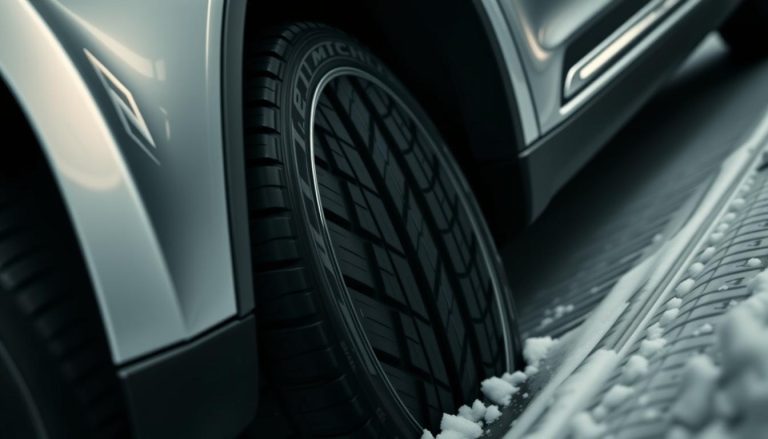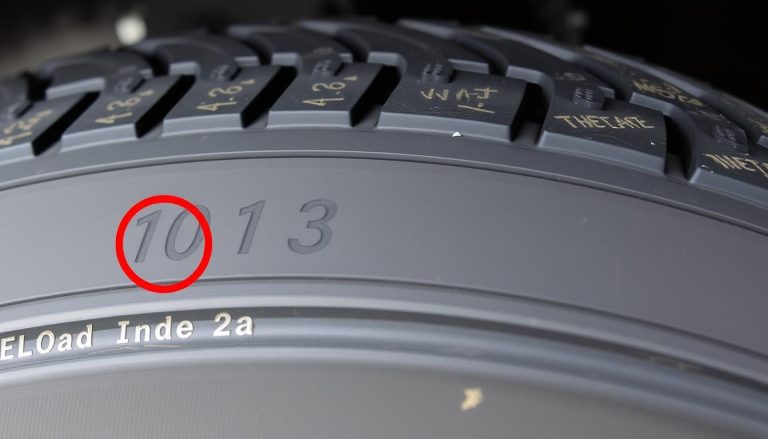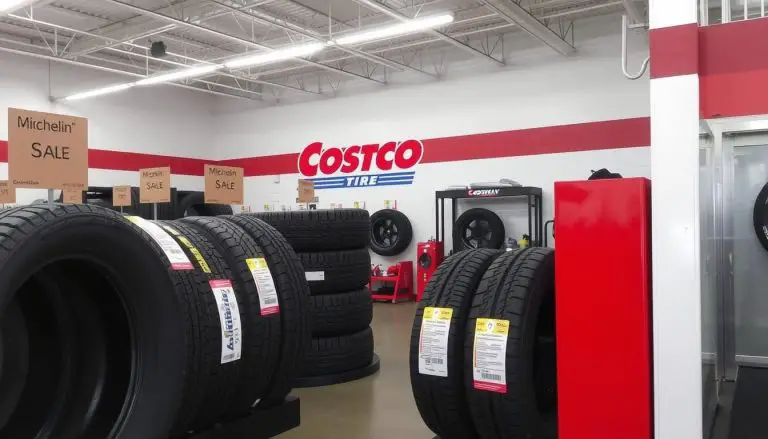Tires are crucial for your vehicle’s performance and safety. With Firestone and Michelin dominating the market, it’s important to understand their unique offerings. Each brand caters to different driving styles, weather conditions, and budgets.
Firestone tires excel in value and versatility, making them a favorite among everyday drivers. Meanwhile, Michelin is known for premium quality that often translates into superior performance on various terrains. Choosing between these two brands requires careful consideration of what you truly need from your tires.
Overview of Firestone and Michelin Tires
Firestone and Michelin are two of the most recognized tire brands globally. Firestone, founded in 1900, boasts a rich history and is known for its affordability and solid performance across various vehicle types. Their tires cater to everyday drivers who value reliability.
On the other hand, Michelin has carved a niche for itself with innovation and premium quality. Established in 1889, they focus on advanced technology that enhances fuel efficiency and safety. Both brands offer unique advantages tailored to different driving needs.
Performance Comparison
When comparing Firestone and Michelin tires, performance is a key factor :
Dry Performance
When it comes to dry performance, Bridgestone tires are often celebrated for their exceptional grip and responsiveness. Their advanced rubber compounds provide impressive cornering stability, making them a favorite among sporty drivers. Whether you’re accelerating out of a turn or navigating tight curves, these tires deliver confidence on asphalt.
On the other hand, Michelin brings its own strengths to the table with innovative tread designs that enhance traction on dry surfaces. Their focus on durability means that you can expect consistent performance over time without sacrificing handling. This is particularly appealing for those who prioritize longevity alongside driving dynamics.
Both brands excel in this category, but personal preference plays a crucial role in choosing between them. Those seeking agility might lean toward Bridgestone, while drivers valuing endurance may favor Michelin’s offerings. Exploring individual models will reveal specific features tailored to your needs as well.
Wet Performance
When the rain starts pouring, tire performance becomes crucial. Bridgestone and Michelin both excel in wet conditions but approach it differently.
Bridgestone tires often feature advanced tread patterns designed for superior water evacuation. This enhances grip on slippery surfaces, reducing hydroplaning risk significantly.
On the other hand, Michelin emphasizes its innovative rubber compounds that provide excellent traction even when roads are slick. Their tires maintain stability without sacrificing comfort.
Drivers frequently notice how each brand performs under pressure. Bridgestone tends to deliver more responsive handling during heavy downpours, while Michelin ensures consistent braking distances remain short.
Both brands come highly recommended by enthusiasts for their ability to handle wet terrain effectively. Your choice will depend on your driving style and preferences in varying weather conditions.
Snow and Ice Performance
When winter arrives, tires must rise to the challenge. Bridgestone and Michelin both offer options designed for snowy and icy conditions.
Bridgestone’s Blizzak line is renowned for its exceptional grip on slick surfaces. The advanced rubber compounds enhance traction, allowing drivers to maintain control even in heavy snowfall.
On the other hand, Michelin’s X-Ice series boasts a unique tread pattern that channels water away from the tire surface. This design minimizes hydroplaning risks while providing stability on ice.
Drivers often note how Bridgestone excels in straight-line performance, making it easier to accelerate and brake safely. Meanwhile, Michelin tends to shine during cornering, delivering confidence in tight turns.
Both brands utilize cutting-edge technology tailored for winter driving demands. Choosing between them ultimately depends on your specific driving needs and local weather conditions.
Comfort and Noise
When it comes to comfort and noise, both Bridgestone and Michelin have made significant strides in tire technology. Bridgestone tires often focus on providing a smooth ride with their advanced rubber compounds and optimized tread designs. Many users appreciate the quietness of these tires, especially during highway driving. The reduction in road noise means a more pleasant experience for passengers.
Michelin, on the other hand, has earned a reputation for luxury and comfort. Their tires are designed not just for performance but also to absorb bumps effectively. This attention to detail helps minimize vibrations while ensuring that drivers enjoy a serene ride—something that those who frequently travel long distances will value greatly.
While both brands offer commendable options when it comes to comfort levels and noise reduction, individual preferences may sway your choice between them. Whether you lean towards Bridgestone’s balance of performance or Michelin’s emphasis on luxury could ultimately be what shapes your decision in the competitive landscape of tire selection.
Road Traction and Control
When it comes to road traction, both Firestone and Michelin excel in different conditions. Firestone tires often deliver impressive grip on wet surfaces, making them a favorite for drivers facing unpredictable weather.
Michelin, on the other hand, focuses heavily on performance. Their innovative tread designs enhance control during sharp turns and sudden stops. This can be particularly beneficial for sporty vehicles or those navigating winding roads. Each brand has its strengths, so your choice largely depends on your driving habits and typical road conditions.
Durability and Wear
When evaluating durability and wear, both Firestone and Michelin offer impressive options. Firestone tires are known for their robust construction, often designed to withstand rough terrains. Their tread compounds provide a good balance between performance and longevity.
Michelin, on the other hand, excels in tire technology that enhances wear resistance. Many users report longer tread life with Michelin tires, making them an excellent long-term investment. Each brand has its strengths, catering to different driving needs and preferences in terms of durability.
Price and Value Analysis
When comparing Firestone vs Michelin tires, price is a crucial factor. Firestone generally offers more budget-friendly options, appealing to those looking for decent performance without breaking the bank. This affordability can be attractive for everyday drivers.
Michelin, on the other hand, often commands a higher price tag due to its innovative technology and premium quality. While they may cost more upfront, many users believe their durability and performance justify this investment over time. Choosing between these brands involves weighing immediate costs against long-term benefits.
Cost Comparison
When comparing Firestone and Michelin tires, cost is a major factor. Generally, Firestone tends to offer more budget-friendly options without sacrificing quality. This makes them appealing for those looking to save money.
On the other hand, Michelin usually comes with a higher price tag. However, many users believe that this investment pays off in the long run due to their performance and longevity. Understanding your needs can help you choose wisely between these two tire giants.
Long-Term Value
When evaluating long-term value, it’s crucial to consider how each tire brand performs over time. Firestone tires often shine in affordability but may require more frequent replacements, impacting overall savings.
On the other hand, Michelin tires are known for their longevity and consistent performance. Investing in a set of Michelin tires can lead to fewer replacements and better fuel efficiency, making them a valuable choice for drivers seeking lasting reliability on the road.
User Reviews and Feedback
Users often share their experiences with Firestone and Michelin tires, highlighting key differences. Many praise Michelin for superior grip and comfort on highways, making long drives more enjoyable.
On the other hand, Firestone fans appreciate its affordability and reliable performance in various weather conditions. Some reviews mention slight noise levels with Firestone tires but overall satisfaction remains high. The feedback reflects a diverse range of priorities among drivers, from budget constraints to specific driving needs.
Satisfaction Levels
When it comes to satisfaction levels, both Firestone and Michelin have loyal fans. Many users praise Firestone for its affordable options that don’t compromise on performance. Drivers often appreciate the comfort and stability they experience on long trips.
On the other hand, Michelin tends to receive high marks for premium features and superior technology. Customers frequently highlight their enhanced handling in various weather conditions. Each brand has carved out a niche, ensuring that different drivers find what they’re looking for in tire performance.
Common Complaints
Some users express concerns about the noise levels associated with both Firestone and Michelin tires. While many appreciate their performance, others find certain models noisier than expected, especially on highways.
Another common complaint revolves around tread wear. Some drivers report that Firestone tires may not last as long as they anticipated under specific driving conditions. Meanwhile, a few Michelin users note issues with price versus longevity; they want more value for the premium cost of these high-quality tires.
Conclusion
When choosing between Firestone and Michelin tires, it’s essential to consider your specific driving needs. Each brand has unique strengths that cater to different preferences, whether it’s performance, durability, or cost.
Both brands have established reputations for quality. Your decision should reflect what matters most in your daily drive—be it comfort on long journeys or reliable traction in challenging conditions. The right tire can elevate your driving experience significantly.


